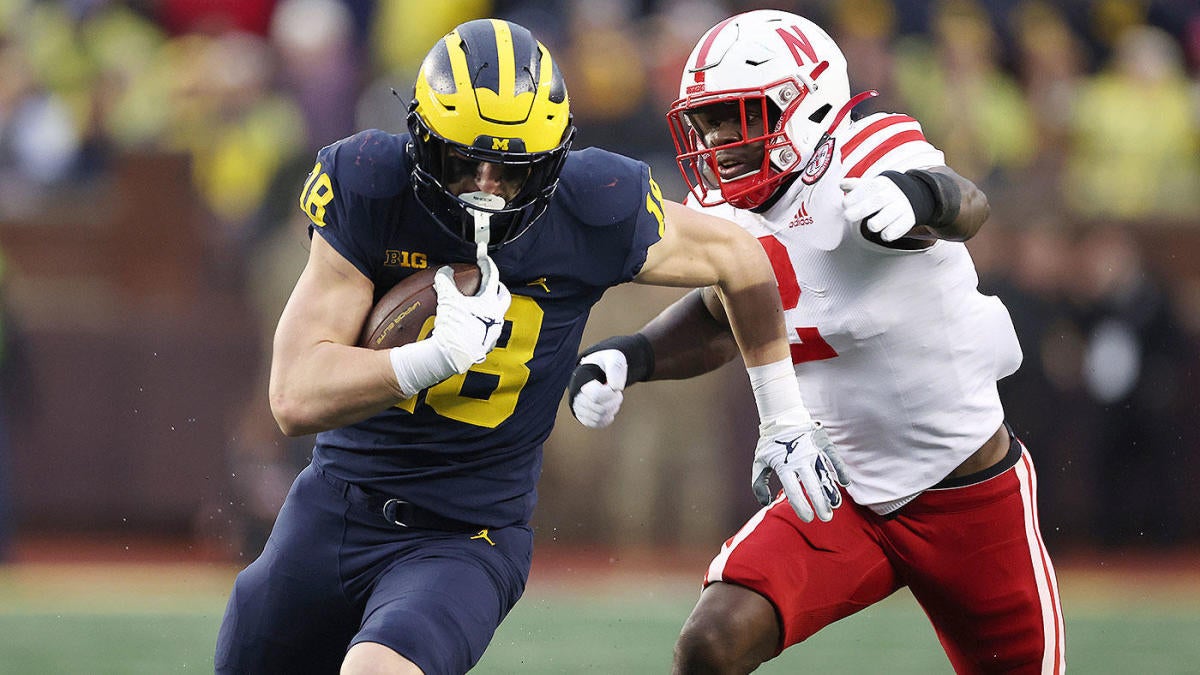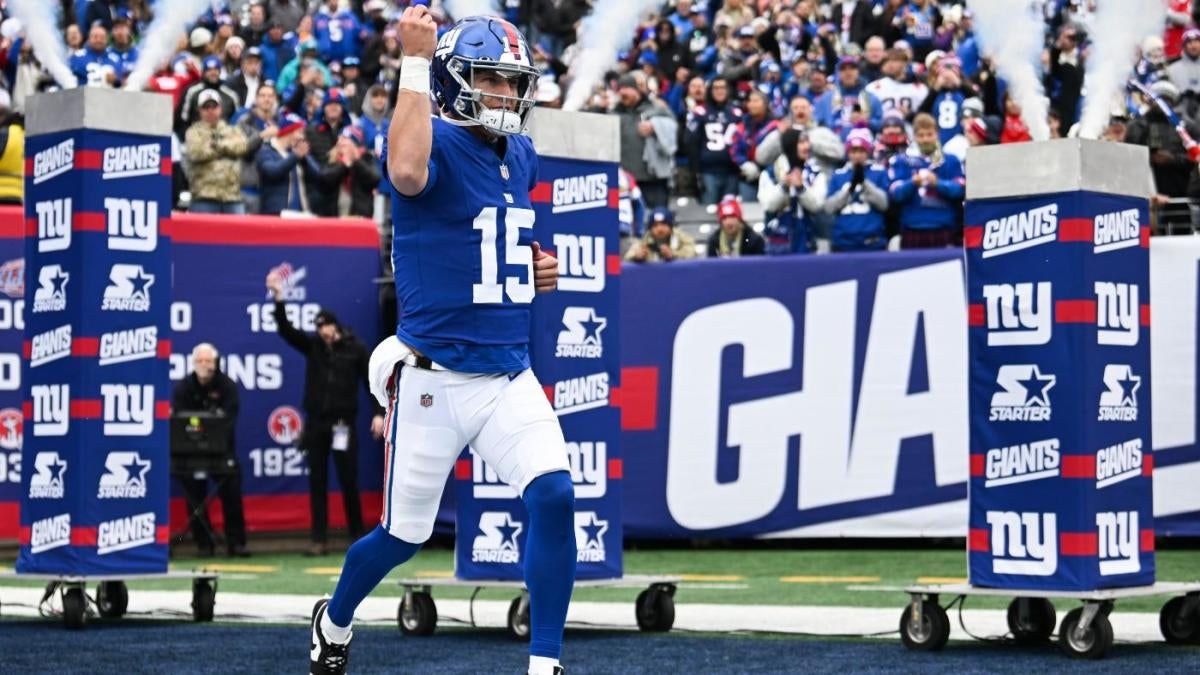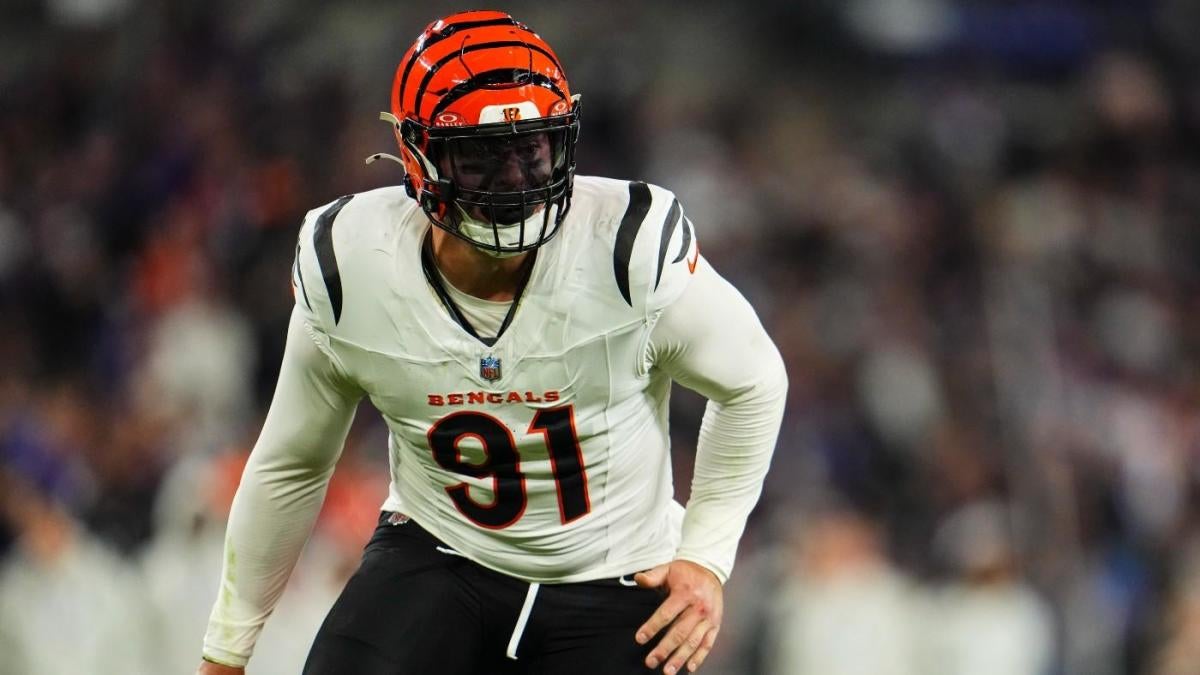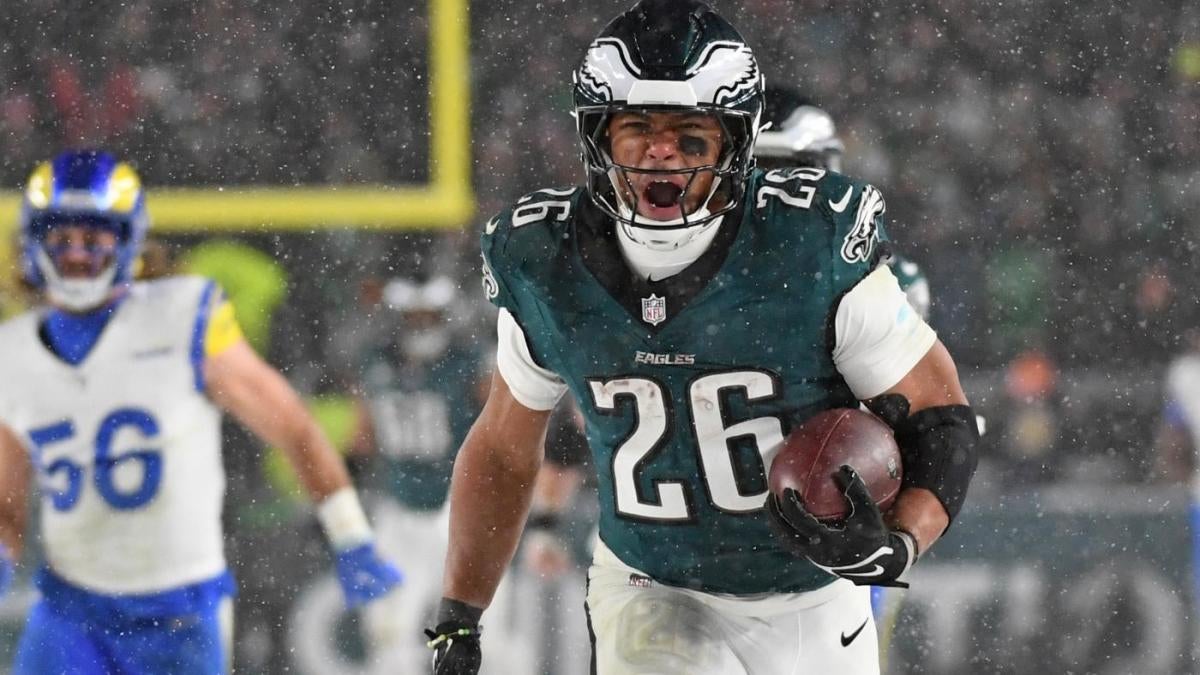
Often the first pick in the NBA draft is synonymous with rebuilding, or rebuilding the team starting with a young college talent. Think of how many teams have succeeded in their attempts, such as the Cavaliers with LeBron James, the Rockets in the Olajuwon era, or the Lakers when they chose Magic Johnson, giving birth to Showtime.
Like any other sports novel, there is the other side of the coin to refer to, and in this case, we refer to real failures: real meteors that have deluded management and fans of this sport.
Sometimes, due to the front office in the throes of delusions of omnipotence, the valuable piece has been let go to try their luck. In other cases, the phenomenal player turns out to be a total flop. These choices have triggered general panic and caused the GM to lose their hair, certain they had played their cards well.
Here we show you the ten worst first picks in the NBA Draft, players who gave the league nothing, except for big laughs, or even those who realized that basketball was not in their destiny, so they changed their profession.
The selection starts from the seventies for different reasons such as the lack of reliable statistics at the time and the poor scouting component, as well as the inevitable evolution of the game.
10 Worst First Round Picks in the NBA Draft
10. Joe Smith
It’s a shame to include Joe in this ranking because even though he wasn’t an extraordinary talent, his rookie year was noteworthy.
As a big man in the 1990s, he should have raised the bar year after year, especially after being selected number 1 in a draft that included Rasheed Wallace and Kevin Garnett (1995). However, when looking at the numbers of these two and the fact that the title of best rookie went to Damon Stoudamire, everything took on a more unpredictable aspect.
Throughout his career, Smith had to settle for being nothing more than a role player, a bench player. In his 16-year “honorable” career, he played with more important names and wore more jerseys than he achieved personal satisfaction.
9. John Lucas
The 1976 draft did not yet produce great champions, and John Lucas seemed slightly above average compared to others on the list.
The athletic marvel from Maryland was chosen by Houston with high hopes, and probably with good reason given his decent performances as a rookie. However, when his troubled problems with illegal substances came to light, his career plummeted.
His misfortune as a player did not prevent him from becoming an NBA coach, and he currently oversees player development for the Rockets.
Small dissatisfactions of life: he coached the 76ers from 1994 to 1996, and the following year Iverson arrived; he coached the Cavs from 2001 to 2003, and the following year LeBron arrived. Poor JL.
8. Andrea Bargnani
A chapter that we would like to write differently, but fate and Andrea’s mind had different plans.
A young and talented player from the Italian league enters the NBA draft with high expectations and is selected first overall by the Toronto Raptors. His first few seasons were solid, perhaps the number one pick was too much, but in Canada, they had a towering duo with him and Bosh.
Something then clicked inside Andrea and his abilities seemed to diminish. In addition to worsening his shooting percentages (despite a spectacular season averaging 21 points and nearly 2 blocks per game), all of his limitations were exposed, and Bargnani gradually ceased to be an NBA player.
7. Greg Oden
A story that should be close to everyone’s heart. The Trail Blazers, unfortunately, are famous for treating the draft like a circus and making one wrong pick after another (you’ll see more later), but here the franchise and the player in question are unfairly targeted.
Oden was picked before Durant for the following reasons: physically dominant, ability to defend at a high level, and incredible ball handling skills for an old-style center. According to scouts, KD wouldn’t have lasted long in the league.
There’s no need to rub salt in the wound about the future of the two players, as KD would have probably played with Lillard and Aldridge, creating a devastating trio.
Greg Oden, on the other hand, was tortured by injuries, missing two entire seasons right off the bat, and his body never fully recovered. His stints in the NBA are barely remembered, and Portland was once again condemned. A sad story that has no winners or losers, only martyrs.
6. Pervis Ellison
A Most Improved Player award in 1992 was a little bit of a consolation prize for someone who was drafted before All-Stars like Kemp, Rice, and Tim Hardaway in 1989.
Coming into the league with the nickname “Never Nervous Pervis” due to his clutch play in college, he quickly earned the nickname “Out Of Service Pervis” from his teammate Danny Ainge due to the many games he missed due to injury.
In his rookie season, he played only 48 games, but two seasons later he averaged 20 points, 11 rebounds, and almost 3 blocks per game, living up to his draft position.
However, Pervis’ wish to be injury-free never came true, as he missed almost 60 games between 1992 and 1994, and then missed many more due to a broken toe from 1996 to 1998. In his last 3 seasons with the Celtics, he played only 69 out of 246 games.
In 2000, he joined the Supersonics’ roster but retired after only 9 games due to continuing physical problems.
5. Michael Olowokandi
There would be a book to write about Olowokandi, but we’ll limit ourselves to a few lines. He didn’t even know what basketball was, and at 17 he picked up his first ball, playing his first game at 18. On his 20th birthday, he paid $23,000 to join the university team, and despite this seeming like a fairy tale, Michael became the best on his team.
Year after year, he continued to improve and was chosen as the number 1 pick by the Clippers during the 1998 draft. Due to the lockout, he had to wait to make his debut. He spent his first few months as a pro with Kinder Bologna, where he barely resembled a first overall pick, and this was also noticed when he entered the NBA.
Kareem Abdul-Jabbar considered him “talented but impossible to coach” due to his inability to accept criticism. The dream was almost extinguished, but in 2003, after an excellent final season with the Clippers, he became one of the most sought-after free agents that summer.
He was pursued heavily by the Spurs and Nuggets, but he signed with the Timberwolves, who found themselves with an out-of-shape player plagued by injuries. In 2007, his career ended with the Celtics, and he is considered one of the biggest busts in NBA history.
4. Kent Benson
Translate:
Son of Indiana and therefore son of basketball, a legend of the Hoosiers, a worthy heir to a sacred empire like that of basketball in Indianapolis and its surroundings.
The best player in NCAA in 1976, record of 32 wins and 0 losses in the year of the collegiate title and prospect number 1 of the 1977 Draft. The Bucks bet on him, the franchise needs a leader after Abdul-Jabbar and he has all the characteristics to take the reins.
His is only appearance, the draft will give some All-Stars and Kent is not among them, his relationship with Kareem is a bad fight at the beginning of the season and he is only remembered for the benefit brought to the teams that traded him: away from the Bucks and these for two consecutive times to the Conference Finals; away from the Pistons and these from ’87 to ’90 dominators of the Eastern (with 2 titles and 3 Finals).
He ends his career in Italy after only one season, by his own admission basketball was the greatest chance of his life, but it was time to move on.
3. Kwame Brown
Jordan’s skills as a player are indisputable, but his abilities as a general manager are less so, and the example of Brown is the most glaring.
Young Kwame decided to skip college and enter the league directly from high school. The 2001 draft was one of the poorest in terms of talent (remembered for having the highest number of players coming from high school), and MJ bet on him, as he was physically more ready than Chandler and better suited to the environment than European Gasol.
Never was a choice more wrong, Brown had an embarrassing average in any statistic during his rookie year, and it was immediately clear that his attitude did not belong in the NBA.
Jordan himself, as a teammate, noticed the boy’s deficits. In the following years, things did not improve, and Kwame never played 82 games. Season after season, his role was only to earn money, playing only a few games.
2. Anthony Bennett
10 years after LeBron James, the Cavaliers were certain that with yet another first pick they would rebuild and become great again.
Fortunately, the King returned the following year, getting rid of Anthony Bennett as well. Even this Draft didn’t promise much, and the pick fell on a physically imposing player seemingly useful defensively.
Four seasons in the NBA, the last in 2016-17, not even once at 60 games played, and numbers that were nothing short of horrendous. Kwame Brown could take lessons from Bennett, considered two of the biggest mistakes made during an NBA draft.
His career had a small turning point with the EuroLeague won with Fenerbahce, and the few G-League games earned him some opportunities to stay on the radar. Anthony, at 27, still has a career ahead of him, but his fate seems sealed and professionalism seems like a distant oasis.
1. LaRue Martin
The most fought-over choice, it’s difficult to say who deserved the top spot in this terrible ranking, but we chose for the story, giving Bennett a few more years before tying with LaRue.
The gentleman in question was picked at number one by the Trail Blazers in 1972 (if you paid attention, you’ll remember the connection with Greg Oden), passing on Julius Erving and Bob McAdoo.
His college numbers were impressive, and scouts relied on them without hesitation. His career ended instantly, with only four seasons played in the NBA, one worse than the other: an average of 12 minutes per game in his rookie year, with 4 points and rebounds; the following year was similarly disastrous.
In 1974, with Bill Walton picked at number one, LaRue was completely overshadowed and avoided by Coach Wilkens. At the end of the 1975-1976 season, he was traded to the Supersonics, with whom he didn’t even step on the court for one second.
Martin tried again in 1977 with the Cavs, and in 1978 with the Bulls, but no one gave him space, and his contract was resolved shortly before the start of the season.
He quit basketball and began working for Nike and later UPS. In his own words, being picked at number one and then not being considered was too big of a blow to digest, but his real fortune was moving on and realizing that the NBA and basketball were beyond his reach.
LaRue Martin is considered the worst first overall pick ever, and together with Greg Oden in 2007 and Sam Bowie in 1984 (who was picked at number two, before Michael Jordan), they are the three worst choices the Portland Trail Blazers could have made in the history of their drafts.
Go to Source
Author: Zeno Schievenin
May 12, 2023 | 2:51 am


























![Rick Pitino on success at St. John's, playing at packed MSG & coaching journey! [FULL] | SC with SVP](https://i1.ytimg.com/vi/LCrP2FsK6mc/hqdefault.jpg)




